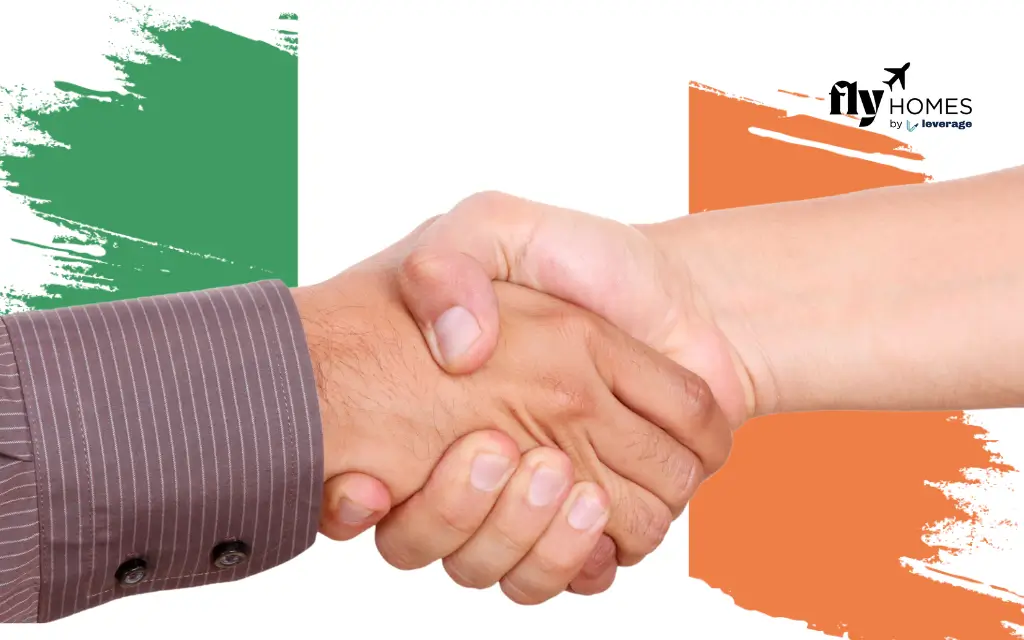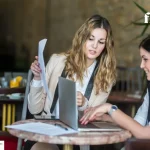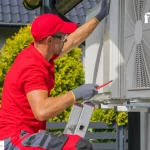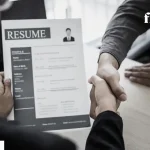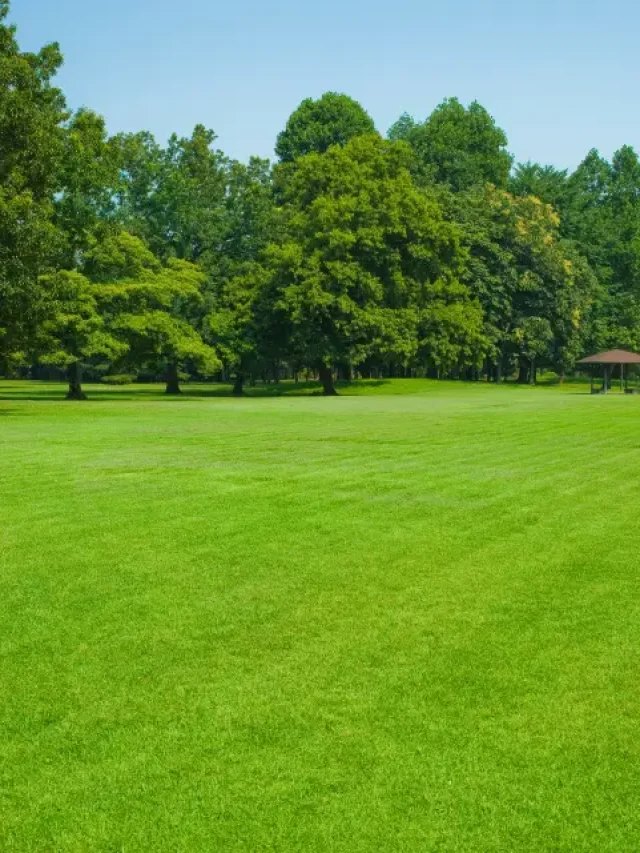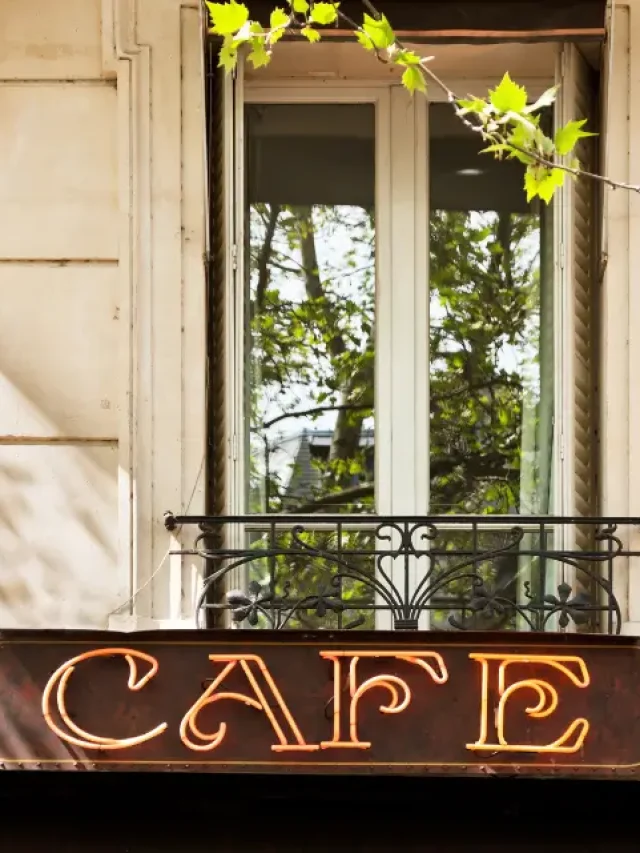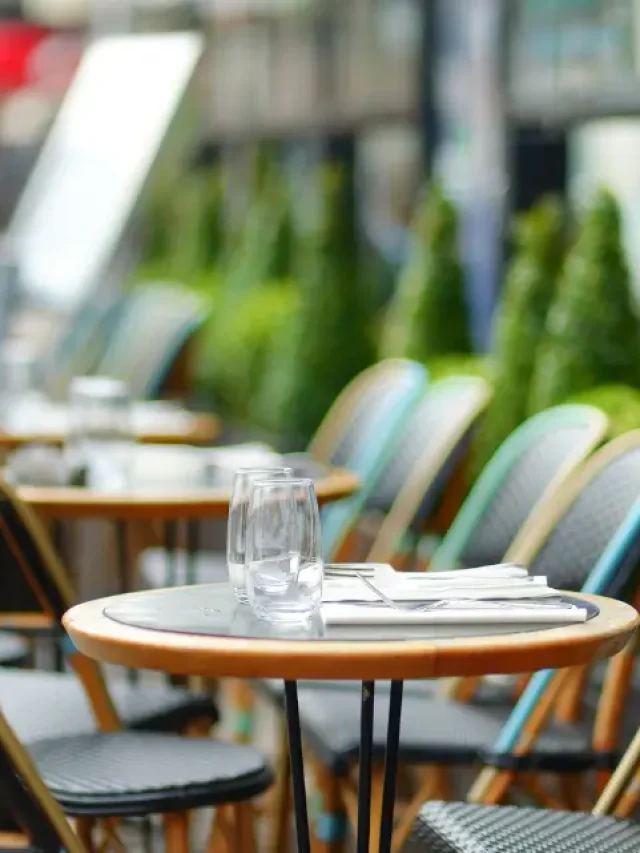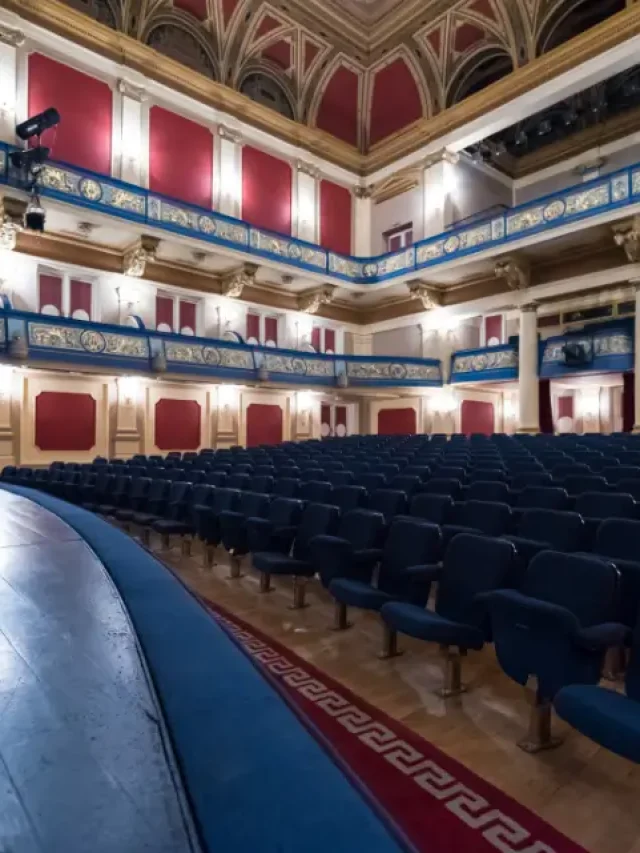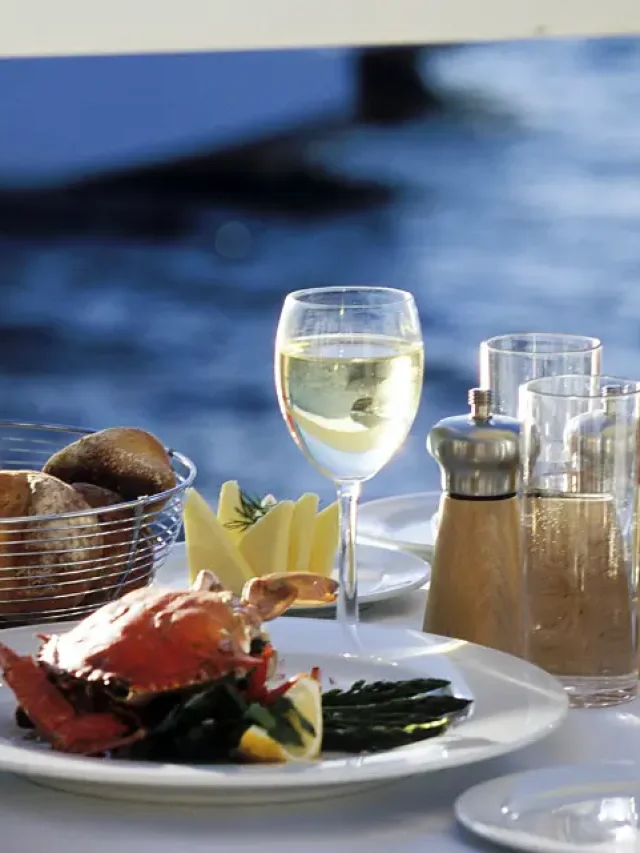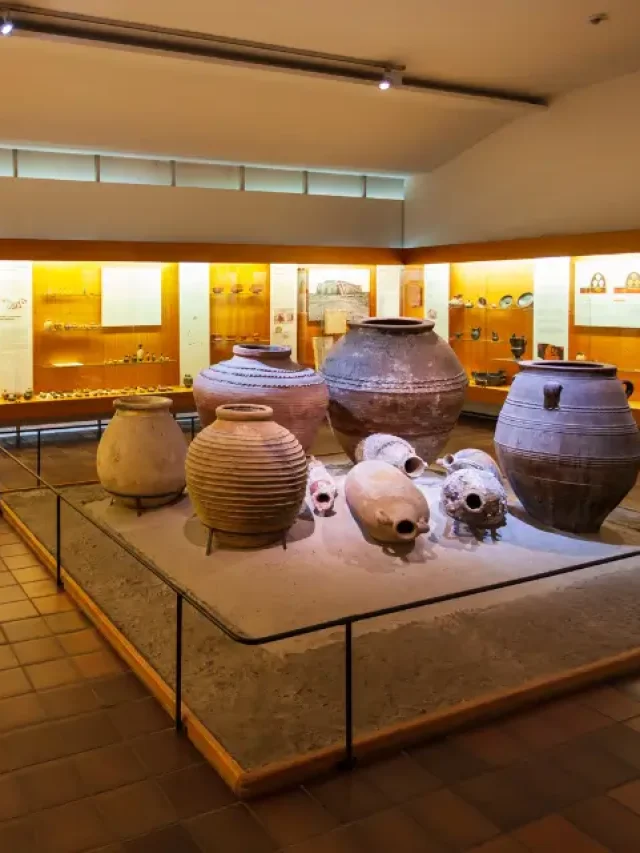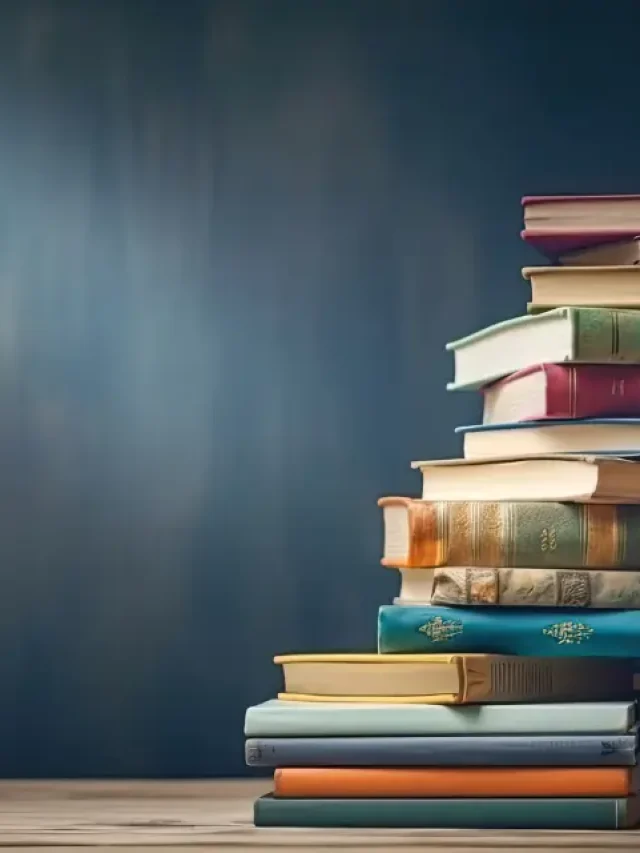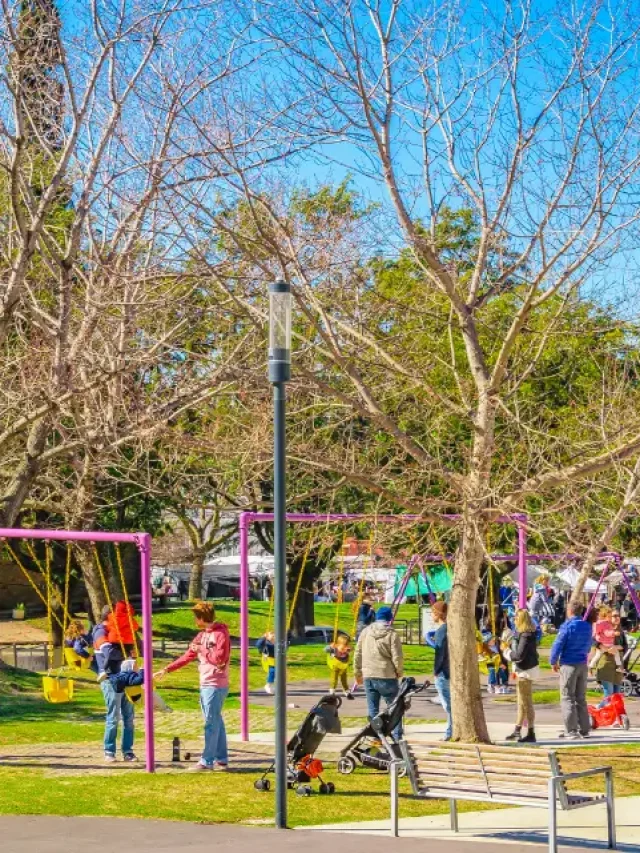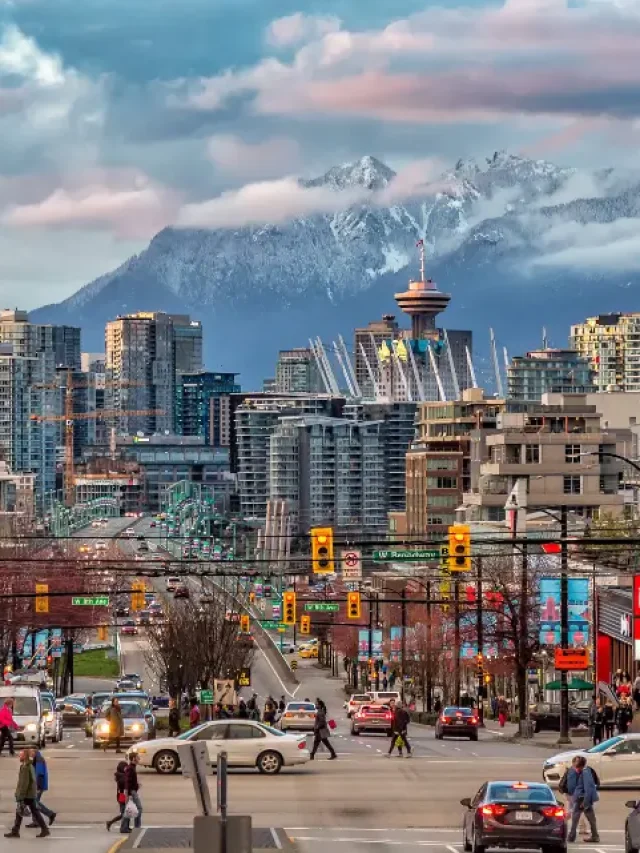How to Greet in Ireland: Ireland is known for its warm hospitality, friendly people, and unique cultural traditions. If you’re planning a trip to the Emerald Isle or interacting with Irish locals, understanding the proper ways to greet people can help you make a great impression. In this guide, we’ll explore how to greet in Ireland, including formal and informal greetings, regional differences, and cultural nuances.
This Blog Includes:
7 Ways on How to Greet in Ireland
Here are the top ways to greet someone with phrases that sound native. Remember, Irish people primarily speak English, so don’t worry if your Irish friend speaks to you in English instead. Check it out below.
- “How’s she cuttin’?” – This is a playful way to ask how someone is doing, especially in rural areas where the local turf (peat) might be relevant.
- “How ya?” – A casual and friendly way to ask how someone is doing, similar to “How’s it goin’ there?” or “How’s the form?”
- “Well?” – In some parts of the Midlands, you might hear a drawn-out “Well?” as a greeting, which is a bit like saying “How are you?” in a more laid-back way.
- “’ Bout ye?” – This is a common greeting in Belfast, asking about someone’s well-being in a friendly manner.
- “Tá fáilte romhat?” – This phrase signifies “you’re welcome” but can also serve as a greeting, particularly when inviting someone into your home.
- “Slán go fóill?” – This expression translates to “health (or safety) until later,” and it’s used similarly to saying “see you later” in English.
- “Slán leat?” – When you part ways with someone, you can say “Slán leat,” which means “health/safety with you.” It’s a way to say goodbye in a friendly manner.
Also Read: If you want to study in Ireland then refer to Budget-Friendly Picks: Exploring the Cheapest Cities to Live in Ireland
How to Greet in Ireland: Handshakes, Hugs, and Physical Gestures
Physical gestures differ based on various factors, including cultural norms, social settings, personal relationships, and the degree of formality involved. Understanding these variations is essential for effective communication. Here’s what you should know to navigate different situations appropriately and ensure your gestures convey the right message.
1. Handshakes
A firm handshake is the most common form of greeting in formal settings, such as business meetings or first-time introductions. Irish people typically maintain eye contact while shaking hands, which conveys confidence and sincerity.
2. Hugs and Kisses
Among close friends and family, a hug or a light kiss on the cheek may be appropriate. However, this is more common among women or between women and men rather than between two men. If you’re unsure, wait for the other person to initiate the gesture.
3. Nods and Waves
In informal settings, especially in rural areas, a simple nod or wave is often used as a greeting. If you’re passing someone on a quiet road or in a small town, a friendly wave or nod is a polite way to acknowledge them.
How to Greet in Ireland: Formal vs. Informal Greetings
The way you greet someone in Ireland varies based on the situation and your relationship with them. Formal greetings are typically polite and respectful, often involving a handshake and phrases on the other hand Informal greetings are more relaxed
Formal Greetings
Formal greetings are typically used in business settings, official events, and when meeting someone for the first time. Examples include:
- Good morning/afternoon/evening – Polite and appropriate in professional settings.
- It’s a pleasure to meet you – Used when being introduced to someone formally.
- How do you do? – Though somewhat old-fashioned, this greeting is still used in formal situations.
Informal Greetings
Informal greetings are more relaxed and commonly used among friends, family, and acquaintances. Examples include:
- What’s the craic? – A popular Irish phrase meaning “What’s up?” or “How’s it going?”
- Alright? – A casual way of checking in on someone, often used in passing.
- How’s things? – Another informal way to ask how someone is doing.
In Ireland, friendliness and humor are important aspects of communication, so informal greetings are often accompanied by a bit of banter or lighthearted jokes
How to Say Good Morning in Ireland
To say “Good Morning” in Ireland, you can use the phrase “Maidin mhaith!” The greeting is directly translated from English, where “Maidin” means morning and “Mhaith” means healthy and good. The pronunciation varies across the different Irish dialects:
- In Connacht (Western Ireland), it’s pronounced as MA-jin wah.
- In Munster (Southern Ireland), it’s pronounced like MA-jin vah.
- The word is pronounced MA-jin why in Ulster (including Donegal, Monaghan, Cavan, and Northern Ireland’s six counties).
How to Say Hello in Ireland
In Ireland, most people speak English, so saying “hello” is perfectly fine when you visit. But if you learn a bit of Irish Gaelic, you’ll impress the locals. The simple way to say “hello” in Irish is “dia duit” (dee-ah gwit). Some areas might have their own ways of saying “hello.” Besides just saying “hello,” it’s nice to learn a few more common Irish phrases to use in your conversations.
- “Dia duit” (dee-ah gwit), meaning “may God be with you,” is the common greeting among Irish speakers of Gaelic.
- While most Irish nationals speak English, in the Irish midlands, it’s common to greet people with “well,” or in Belfast, you can say “bout ye” to say hello.
- If you’re unsure and need to convey that you don’t speak much Gaelic, you can say “beagáinín” (byug-awn-een), which means “a little bit.”
Also Read: Would you describe yourself as a ‘bookworm’? If yes, then here’s a treat for you – A Bibliophile’s Paradise – Exploring Unique Bookshops in Dublin!
FAQs on How to Greet in Ireland
You can greet in Ireland by saying “dia duit” in Irish Gaelic or “hello” in English.
You can say goodbye with “slán go fóill” which means “health/safety until later” or “slán leat” meaning “health/safety with you.”
To say “good morning” in Ireland, you can use “Maidin mhaith!” which translates to “Good morning!” in English.
Basic greetings include a handshake and a salutation that is appropriate for the time of day.
An Irish handshake is a firm handshake accompanied by direct eye contact. It’s a common gesture of greeting and respect in Ireland.
Thank you for reading our blog. This blog is all about how to greet in Ireland. Hope you like it. For booking the best accommodation abroad to start your study abroad experience you can contact Fly Homes at 1800572118.
Related Blogs:
Follow Us on Social Media
